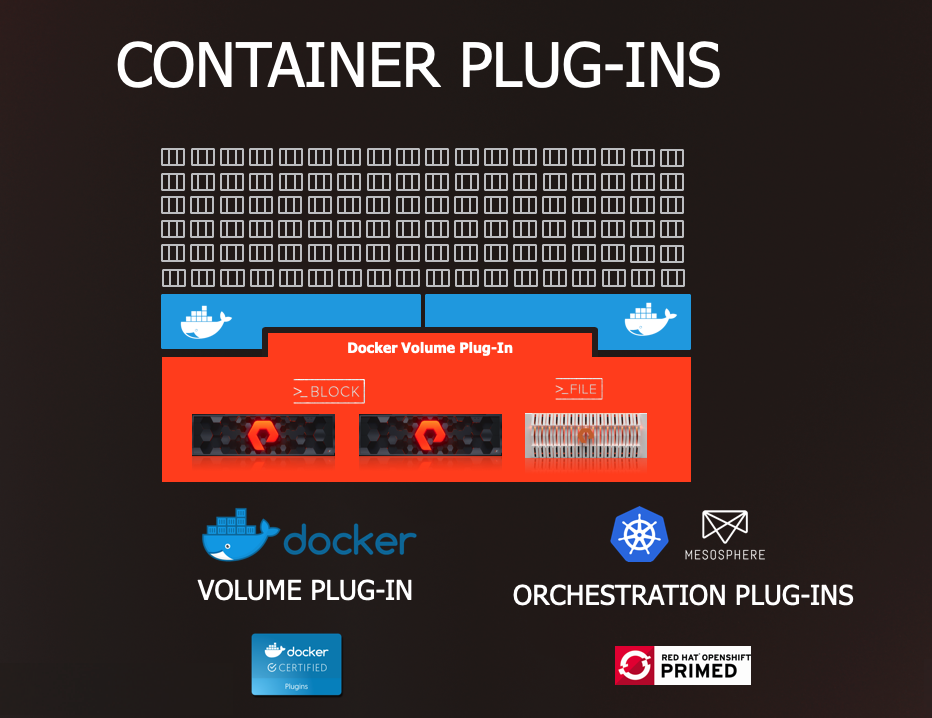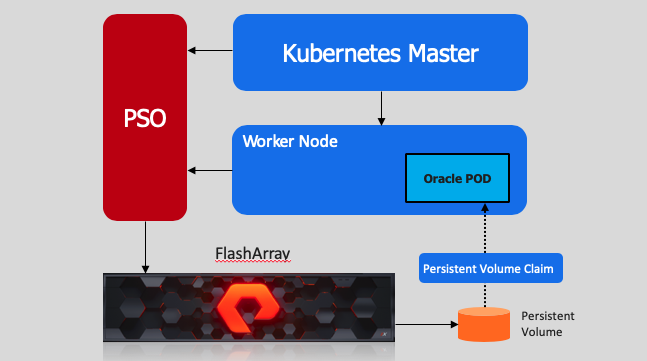MySQl Replication Setup
MySQL Replication Setup
To stop mysql asking you for root password do the following
edit the .my.cnf in the /root dir and add
[client]
user=root
password=password
- Turn off firewalls or add firewall rules
- systemctl stop firewalld
- systemctl disable firewalld
- Set permissive mode for SELINUX
- setenforce permissive
- edit the /etc/selinux/config file and change to "SELINUX=permissive"
- Install mysql on Master Server ( Repo will differ for mysql version, downloading the latest repo will install latest mysql version 8 )
- yum install mysql-community-server
- Enable mysql
- systemctl enable mysql
- systemctl start mysql
- Run mysql secure installation
- mysql_secure_installation
- login to mysql
- ( Note if using mysql 8 get the root passwd from: grep 'temporary password' /var/log/mysqld.log
- mysql -uroot -p”password"
- show schemas;
- create databases db1 and db2
- create database db1;
- create database db2;
- create table in each database
- use db1;
- create table tb1 ( name varchar(10));
- use db2;
- create table tb2 ( name1 varchar(10));
- Insert data into both tables
- insert into db1.tb1 values (‘chris’);
- insert into db2.tb2 values (‘george’);
- edit /etc/my.cnf files
- under the [mysqld] section add
- server-id=1
- log-bin=mysql-bin
- log into master and create replication user called repl
- > grant replication slave on *.* to rpl@‘ip-address-of-slave’ identified by ‘repl’;
- fluch privileges;
- IF Using MySQL 8 use the following procedure
- create user rpl@192.168.0.10 identified by 'password';
- grant replication slave on *.* to rpl_user@slave-ip;
- restart master mysql
- systemctl restart mysqld;
- log back in to mysql
- show master status\G
- flash table to read lock;
- dump the db1 database to import into the slave
- mysqldump db1 > db1.sql
- copy the dump file to the slave server
- scp db1.sql root@slave:/root
- show slave status\G
- Install mysql on the slave server same steps as above
- create the db1 database on the slave server
- mysql -e “create database db1"
- import the db1 database dump
- mysql db1 < /root/db1.sql
- mysql -e “show schemas"
- log into mysql on slave
- use db1;
- show tables;
- select * from tb1;
- edit the /etc/my.cnf file on the slave and add the following under the [mysqld]
- server-id=2
- replicate-wild-do-table=db1.% ( means everything under the db1 database )
- restart mysqld
- systemctl restart mysqld
- log into mysql and set the master server on the slave CHANGE MASTER TO MASTER_HOST='master-ip',
- > change master to ( IF USING MYSQL 8 use the following syntax )
- master_host=‘master’,
- master_user=‘rpl’,
- master_password=‘rpl’,
- master_log_file=‘mysql-bin.000001’,
- master_log_pos=245;
- > start slave;
- show status of slalve
- show slave status\G
- show processlist;
- log back in master and add data into the table in db1
- insert into db1.tb1 values(‘jacks’);
- log into slave and check
- use db1;
- select * from tb1;
- check slave status
- mysql> show slave status\G
- *************************** 1. row ***************************
- Slave_IO_State: Waiting for master to send event
- Master_Host: 192.168.0.112
- Master_User: rpl_user
- Master_Port: 3306
- Connect_Retry: 60
- Master_Log_File: mysql-bin.000003
- Read_Master_Log_Pos: 707
- Relay_Log_File: mysql2-relay-bin.000002
- Relay_Log_Pos: 874
- Relay_Master_Log_File: mysql-bin.000003
- Slave_IO_Running: Yes
- Slave_SQL_Running: Yes
- Replicate_Do_DB:
- Replicate_Ignore_DB:
- Replicate_Do_Table:
- Replicate_Ignore_Table:
- Replicate_Wild_Do_Table: db1.%
- Replicate_Wild_Ignore_Table:
- Last_Errno: 0
- Last_Error:
- Skip_Counter: 0
- Exec_Master_Log_Pos: 707
- Relay_Log_Space: 1083
- Until_Condition: None
- Until_Log_File:
- Until_Log_Pos: 0
- Master_SSL_Allowed: No
- Master_SSL_CA_File:
- Master_SSL_CA_Path:
- Master_SSL_Cert:
- Master_SSL_Cipher:
- Master_SSL_Key:
- Seconds_Behind_Master: 0
- Master_SSL_Verify_Server_Cert: No
- Last_IO_Errno: 0
- Last_IO_Error:log into master and create replication user called repl
- Last_SQL_Errno: 0
- Last_SQL_Error:
- Replicate_Ignore_Server_Ids:
- Master_Server_Id: 1
- Master_UUID: ba2cb2ce-89d5-11e9-b291-0800271319d5
- Master_Info_File: mysql.slave_master_info
- SQL_Delay: 0
- SQL_Remaining_Delay: NULL
- Slave_SQL_Running_State: Slave has read all relay log; waiting for more updates
- Master_Retry_Count: 86400
- Master_Bind:
- Last_IO_Error_Timestamp:
- Last_SQL_Error_Timestamp:
- Master_SSL_Crl:
- Master_SSL_Crlpath:
- Retrieved_Gtid_Set:
- Executed_Gtid_Set:
- Auto_Position: 0
- Replicate_Rewrite_DB:
- Channel_Name:
- Master_TLS_Version:
- Master_public_key_path:
- Get_master_public_key: 0
- Network_Namespace:
- 1 row in set (0.00 sec)



Comments